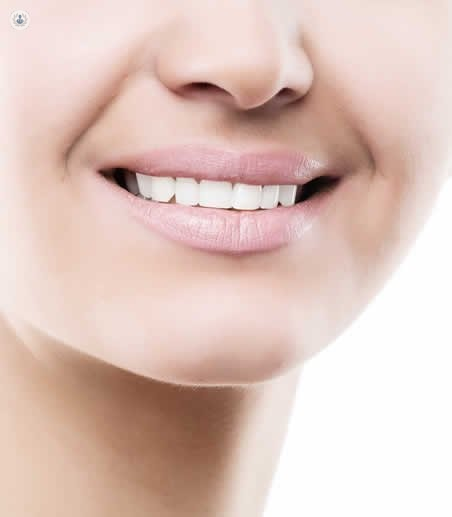
How to reduce nasolabial folds
Nasolabial folds or wrinkles are folds of skin that run from the corners of the mouth to the sides of the nose. Also known as “smile lines” or “laugh lines”, they are one of the first noticeable signs of aging and a frequent reason why a person sees a specialist in aesthetic medicine.

How do nasolabial folds form?
Nasolabial folds are extremely common, with most people having smile lines of varying intensity. Nasolabial folds become more prominent due to a decrease in volume of fatty deposits in the cheeks and flaccidity (sagging and loss of tension) in the skin and the effect of facial muscle movements during the patient’s lifetime.
How do you treat nasolabial folds
Currently, we use scales, such as the MERZ scale to measure the depth of the nasolabial folds to assess the degree of aging. This enables us to set the starting point of the treatment, as well as predict the final outcome, and offer the patient realistic expectations prior to treatment.
The classic technique for treating wrinkles in the nasolabial folds consists of injecting wrinkle fillers, such as hyaluronic acid or calcium hydroxyapatite into retro-linear or fan-shaped tracings with a needle, following the path of the wrinkle.
However, today we have the microcannula, a device similar to a needle but with a different type of tip. This technique allows us to treat the nasolabial sulcus area as well as the marionette lines from a single point of entry, with the advantage of being able to prevent bruising.
After the procedure, you only have to avoid moving the area within the first few hours.
This treatment takes effect immediately, with minimal discomfort and with minimal subsequent inflammation. Photographs are taken before the treatment and 3-4 weeks afterwards to assess the effectiveness, and if a retouch may be required.
Who can have this treatment?
This nasolabial fold treatment is suitable for male and female patients, with aging of the nasolabial sulcus at grades 3, 4 and 5, (as measured by the MERZ aesthetic scale), irrespective of age.
On the other hand, it is not suitable for patients being treated for serious illnesses, or patients with acute diseases or infections in the area to be treated. Also, nowadays many patients with permanent wrinkle filler come to the clinic, as well as patients who have been repeatedly treated with re-absorbable wrinkle fillers. In these cases, the tissue can no longer be injected directly.
For this reason, we have had to resort to other methods of correction. In order to cause the skin to retract and flatten the wrinkles, we replace the fatty compartments of the cheek to diminish the weight they make on the wrinkles as well as fill them with collagen-forming materials.

